The Bones of the Old Ones Arrives in August
 Thomas Dunne Books has released the cover art, and announced the release date, for Howard Andrew Jones’ The Bones of the Old Ones, the sequel to The Desert of Souls, which The Mad Hatter’s calls “one of the most enjoyable Swords & Sorcery novels in quite a few years.”
Thomas Dunne Books has released the cover art, and announced the release date, for Howard Andrew Jones’ The Bones of the Old Ones, the sequel to The Desert of Souls, which The Mad Hatter’s calls “one of the most enjoyable Swords & Sorcery novels in quite a few years.”
The Bones of the Old Ones will be released in hardcover on August 21, 2012, with a cover by Stephen Stone. This will be the third book chronicling the exploits of Dabir and Asim, Arabian adventurers par excellence, following The Desert of Souls and the short story collection The Waters of Eternity, released in Kindle, Nook and iBook format on November 22.
Here’s the groovy cover blurb for Bones:
A thrilling, inventive follow-up to The Desert of Souls by Howard Andrew Jones, a “rare master of the storyteller’s art” (Greenmanreview.com)
As a snowfall blankets 8th century Mosul, a Persian noblewoman arrives at the home of the scholar Dabir and his friend the swordsman Captain Asim. Najya has escaped from a dangerous cabal that has ensorcelled her to track down ancient magical tools of tremendous power, the bones of the old ones.
To stop the cabal and save Najya, Dabir and Asim venture into the worst winter in human memory, hunted by a shape-changing assassin. The stalwart Asim is drawn irresistibly toward the beautiful Persian even as Dabir realizes she may be far more dangerous a threat than anyone who pursues them, for her enchantment worsens with the winter. As their opposition grows, Dabir and Asim have no choice but to ally with their deadliest enemy, the treacherous Greek necromancer, Lydia. But even if they can trust one another long enough to escape their foes, it may be too late for Najya, whose soul is bound up with a vengeful spirit intent on sheathing the world in ice for a thousand years…
Tomorrow is the release of The Desert of Souls in trade paperback — a perfect chance to job on board if you haven’t already. Don’t miss out on one of the most exciting fantasy debuts in years.
 John R. Fultz’s first novel, Seven Princes, has been
John R. Fultz’s first novel, Seven Princes, has been 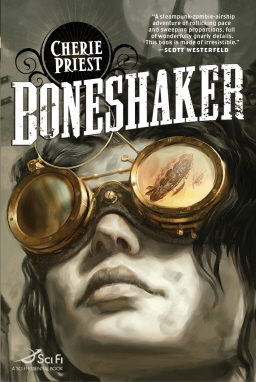
 Last Friday was Friday the thirteenth. It was also Clark Ashton Smith’s birthday. In memory of that conjunction, I’d like to write a bit about Smith and his work. I have only a few thoughts about Smith’s prose style; Ryan Harvey’s excellent and insightful look at Smith’s fiction can be found in four parts,
Last Friday was Friday the thirteenth. It was also Clark Ashton Smith’s birthday. In memory of that conjunction, I’d like to write a bit about Smith and his work. I have only a few thoughts about Smith’s prose style; Ryan Harvey’s excellent and insightful look at Smith’s fiction can be found in four parts, 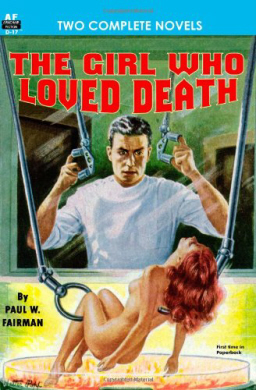
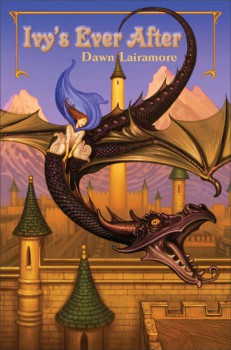 Ivy’s Ever After
Ivy’s Ever After
 Problem is, that’s not what Alan came to hear. Which results in tragedy (you are reading a dark horror magazine so why would you expect anything less?) that may, or may not, have been easily foreseen.
Problem is, that’s not what Alan came to hear. Which results in tragedy (you are reading a dark horror magazine so why would you expect anything less?) that may, or may not, have been easily foreseen.
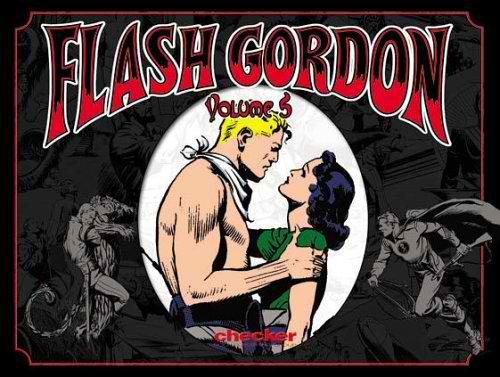

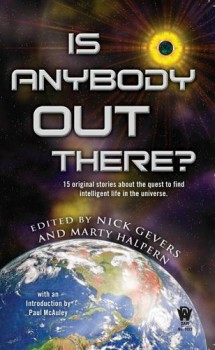 Is Anybody Out There?
Is Anybody Out There?